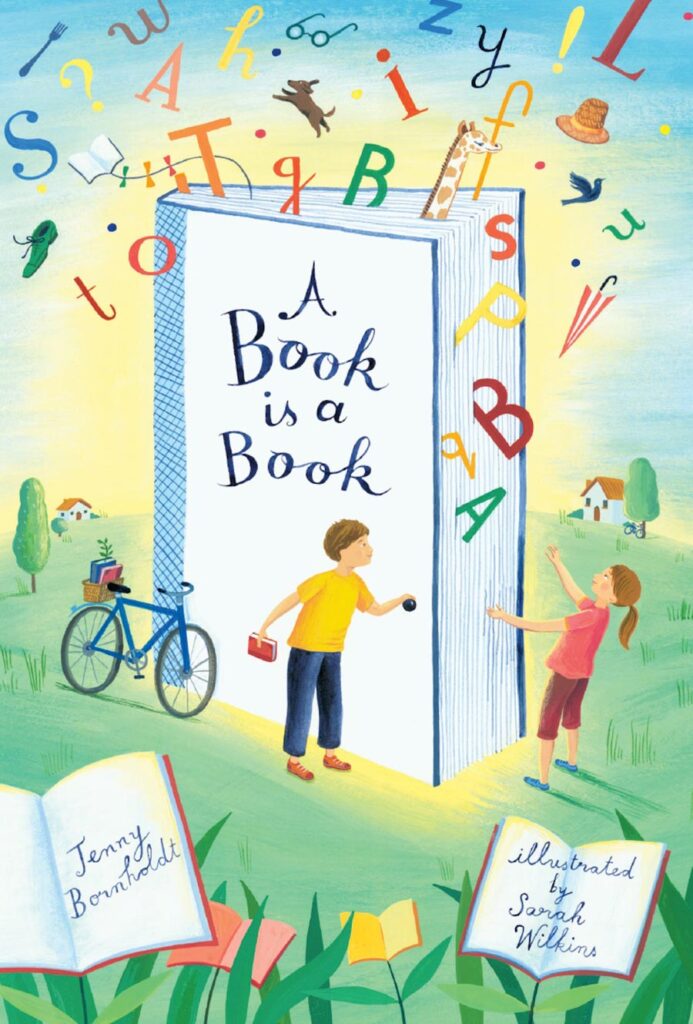Jackie French and Bryan Sullivan, To the Moon and Back, HarperCollins Australia, May 2019, 272 pp,. $17.00 (pbk), ISBN 9781460757741
2019 is the fiftieth anniversary of the first Moon Landing, which seems a very appropriate time for a new edition of To the Moon and Back, a non-fiction book about Australia’s role in the race to put an astronaut on the Moon. The book, written by Bryan Sullivan and his wife, and celebrated author, Jackie French, won the 2005 CBCA Eve Pownall Award for Information Books. This new edition adds enthralling new information and illustrations, looking at how far the technology has come in that time.
To the Moon and Back is a mix of fascinating and well-pitched general information about everything from the strange lights sometimes seen on the Moon, to what would happen if you were thrown out of a spacecraft into space. The bulk of the book, however, is Bryan Sullivan’s memories of what it was like to be one of the Australian technicians involved in those early spaceflights and the first Moon Landing, watching and listening from the Honeysuckle Creek Tracking Station just out of Canberra.
Honeysuckle Creek was the first communications site to broadcast the Moon Landing live (in spite of what the movie The Dish claims), and Sullivan was one of the technicians on duty at the time. Sullivan had a ringside seat at the early days of the Moon program, and shares with the reader the excitement and nail-biting moments of the missions, and what it took to get astronauts off the earth and bring them safely home again, and the technology they had to develop to make it happen.
Sullivan also goes into intriguing detail about what it was like to live and work, from day to day, at the tracking station. He gives a little background on what led him into his career as a ‘boffin’ in a NASA project, and the skills and knowledge that he and his colleagues had to have or develop to perform their jobs.
This edition gives more consideration to the technological advances that came out of the Moon program. It also looks at the work and contribution by women and people of colour to the space program that has gone largely unrecognised until recently. To the Moon and Back gives some age-appropriate social and historical context, which was much appreciated.
Sullivan and French also delve into where things are currently at with space exploration, and speculate on what the future might be for space travel.
To the Moon and Back is fascinating at several different levels, and would be a fantastic read for anyone aged 11 and up who is interested in space travel, or Australian history, or the development of technology and computers, or, indeed, anyone interested in a career in STEM fields. I can highly recommend reading it.
Reviewed by Emily Clarke






